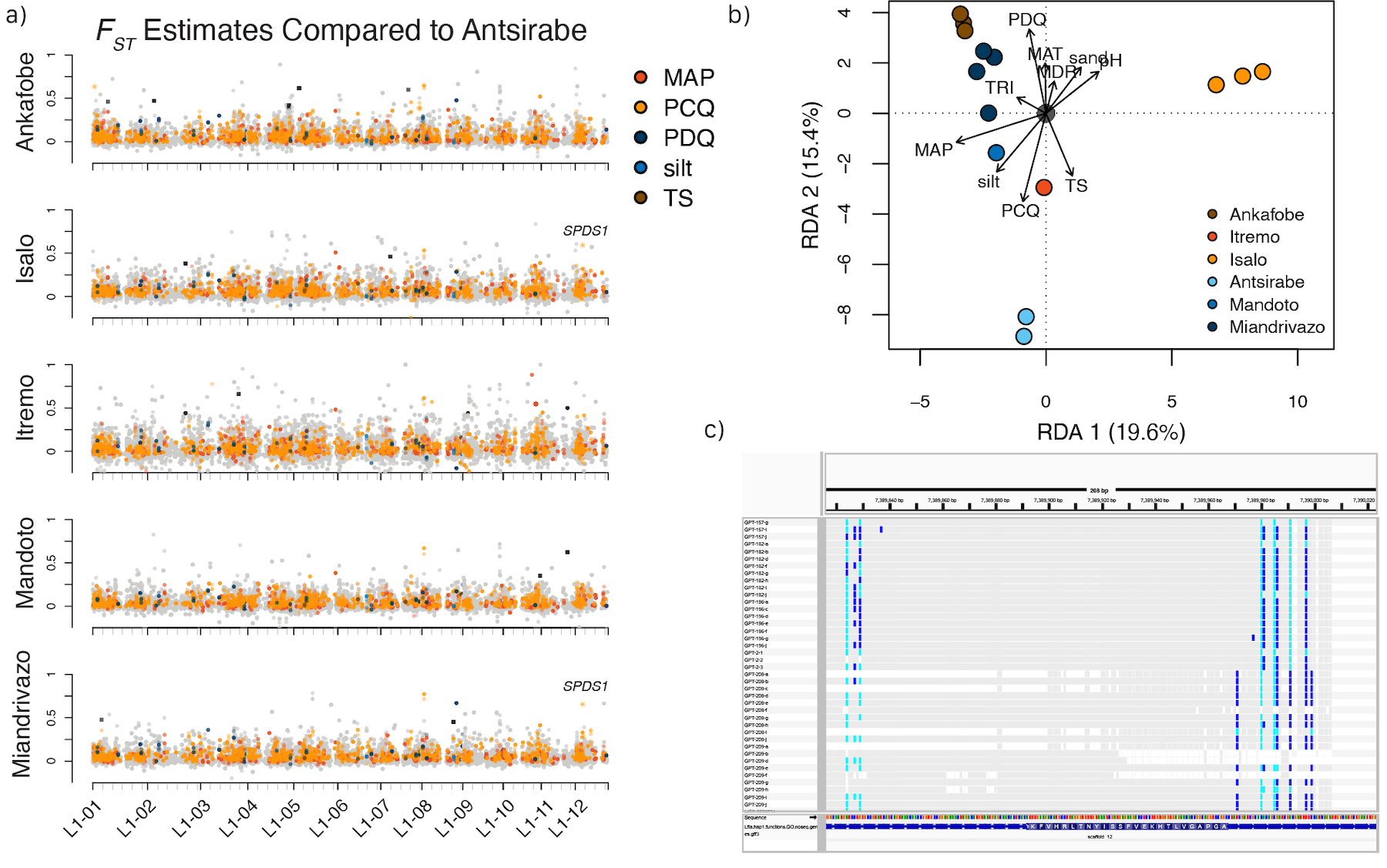Resilient Grasslands
The causes and consequences of open grassy bioimes
The evolution of grassy biomes
I am working on reconstructing the colonization and expansion of dominant grasses in Madagascar as part of the MADGRASS project and in North America through my company Southern Genetics LLC. Work in Madagascar has helped elucidate the role of paleoclimate in establishing dominant grass species in Madagascar but is also providing guidance on the difficulty of detecting anthropogenic population size increases as well as the analysis of polyploids. Some analyses are discussed in Tiley et al. 2024 1 and Almary et al. 2023 2 but much of the work is ongoing.

Model of Loudetia simplex colonization and expansion in Madagascar It remains unclear if diploids were ever present in Madagascar or if they went extinct, but recent Pleistocene expansions seem to accompany an increase in ploidy
.

Fig. 6 from Tiley et al. 2024 1 Detecting population expansions in the Anthropocene from genetic data, at least from single populations, is not statistically identifiable when the population is already very large.
Features of resilient grasslands
Understanding the genetic pathways underlying resistance to extended periods of drought and extreme heat is important for plant breeders across a range of applications. Natural populations can provide evolutionary experiments to uncover the genetic mechanisms allowing some species and populations to be successful under stress.

Selection and environmental association among sites a) FST
is used as an indicator of positive selection while colors show sites associated with different environmental variables. b) Canonical regression analyses can be used to identify sites significantly correlated with independent variables, as well as the environmental factors underly population differentiation. c) Sites under selection associated with environment can be mapped back to individual genes or gene regions to infer functional significance and steer downstream validation experiments in the lab and greenhouse.
-
Tiley GP, Crowl AA, Almary TOM, Luke WRQ, Solofondranohatra CL, Besnard G, Lehmann CER, Yoder AD, Vorontsova MS. 2023. Genetic variation in Loudetia simplex supports the presence of ancient grasslands in Madagascar. Plants People Planet doi: https://doi.org/10.1002/ppp3.10437
↩ ↩2 -
Almary TOM, White J, Rasaminirina F, Razanatsoa J, Lehmann CER, Rakotoarinivo M, Ralimanana H, Vorontsova MS, Tiley GP. 2023. The grass that built the Central Highland of Madagascar: environmental niches and morphological diversity of Loudetia simplex. bioRxiv doi: https://doi.org/10.1101/2023.09.25.559324
↩